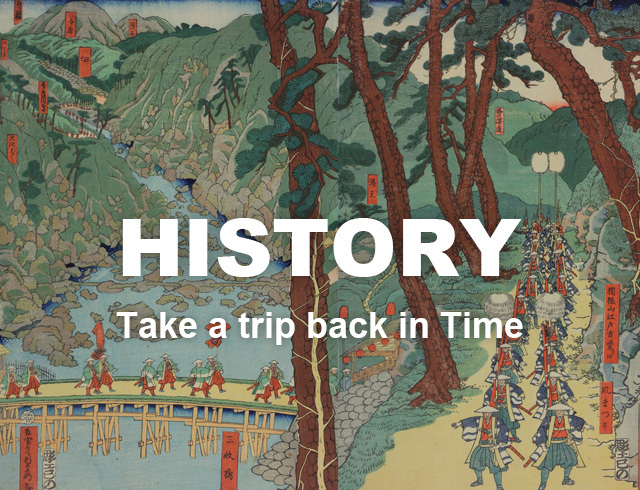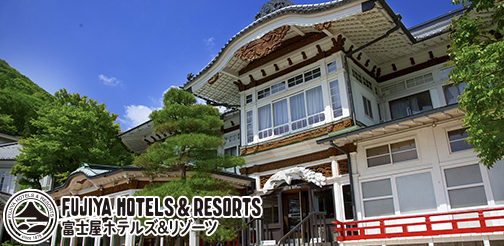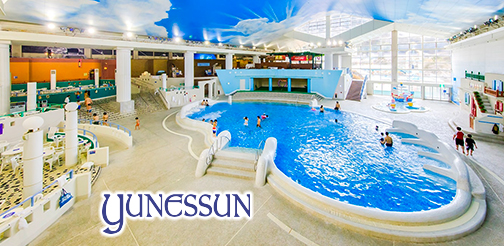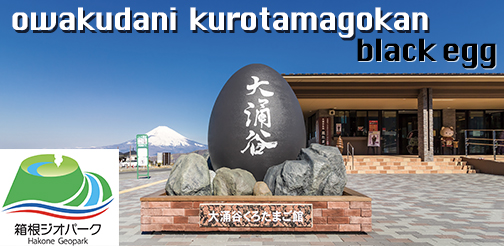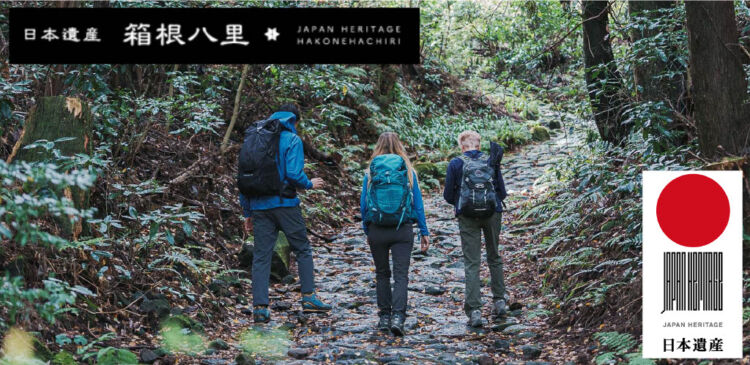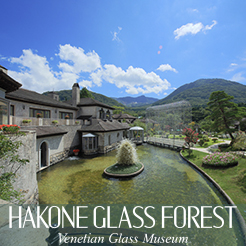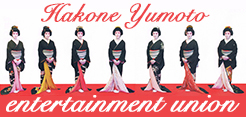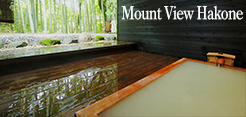The symbol of Hakone, Lake Ashi was formed some 3,000 years ago when an eruption of Mt. Kami, the central peak of the Hakone volcano, caused flows of lava and volcanic rock to block the Haya River. Combined with rainfall from above and groundwater seeping up from below, the captive waters of the river formed a lake that is now up to 43.5 meters deep and 19 kilometers in circumference. Thanks to its volcanic springs, Lake Ashi never freezes over in winter. Its water is often warmer than the air, resulting in frequent heavy fog around its shores.
Legend of Mangan and the Dragon
Lake Ashi plays a significant part in local legends. The best-known is the story of Mangan Shonin, the priest credited as the founder of Hakone Shrine. In 757 CE, during his studies at nearby Mt. Koma, Mangan had a vision in which he was told to build a sanctuary by the lake. At the time, however, Lake Ashi was terrorized by a fearsome dragon, and villagers would sacrifice local girls by the shore to placate the creature. Undeterred by the dragon’s wrath, Mangan sat on a stone slab he had placed in the water and prayed for three days and three nights. The dragon finally gave up, even apologizing for its actions. But Mangan remained unsatisfied, and tied his adversary to one of the sakasasugi—the cryptomeria trees that a landslide had swept into the water upright, roots and all, and were stuck to the bottom of the lake. The repentant dragon transformed into Kuzuryu, a nine-headed dragon god, pledging to be the protector of the land as long as the inhabitants would honor him with an annual prayer. Today, the sakasasugi remain in the lake, their trunks visible deep below the surface on very clear days, while the place where Mangan is said to have sat in the water praying is marked by a red torii gate, just off the shore near Kuzuryu Shrine. The yearly plea to Kuzuryu is performed on July 31, when the Kosui Festival opens Hakone’s Summer Festival Week.
Setting for Fireworks and Fine Vistas
In addition to that six-day series of celebrations, during which fireworks displays are held every evening, Lake Ashi hosts several other fireworks festivals throughout the year. A 15-minute show featuring “weeping willow” fireworks is held at midnight on December 31 to ring in the New Year, while a similar 20-minute spectacle in the evening of February 2 is the highlight of festivities preceding Setsubun (the traditional beginning of spring in Japan). Around Christmas, “Twilight Time” fireworks add to the holiday cheer. The clear air of winter makes these explosions of color particularly impressive. Regardless of season, Lake Ashi can also be experienced on board a sightseeing vessel designed to look like a pirate ship. On a rare clear day, views of Mt. Fuji in the distance and the bright red torii of Hakone Shrine seen from the deck of one of these ships can be memorable.
This English-language text was created by the Japan Tourism Agency.

